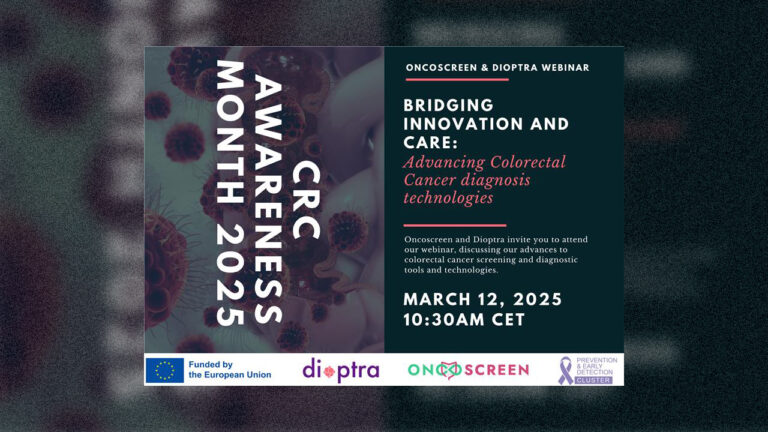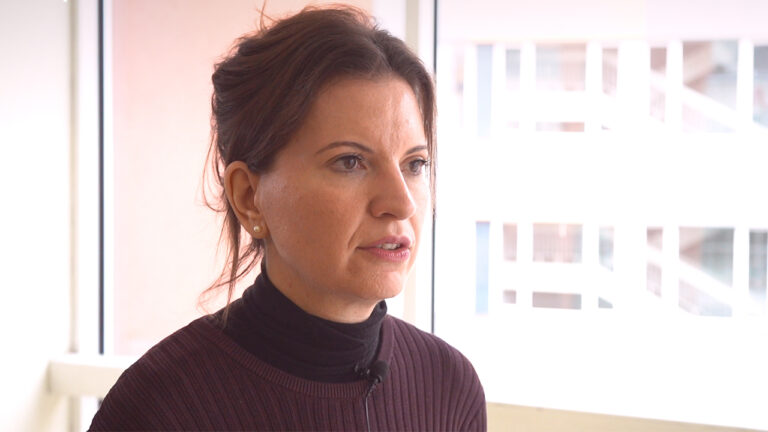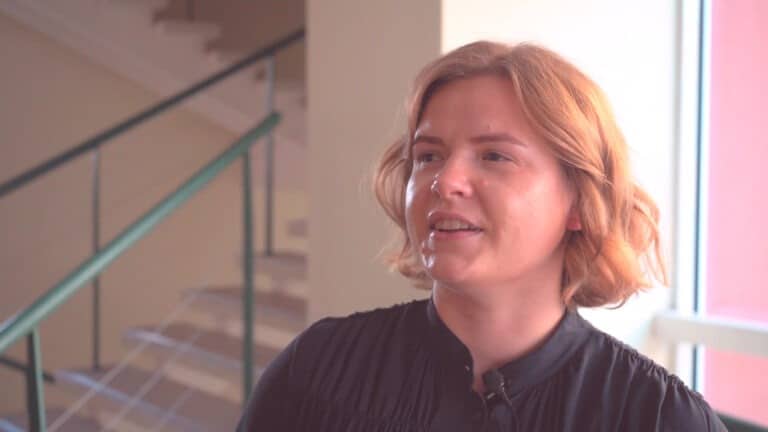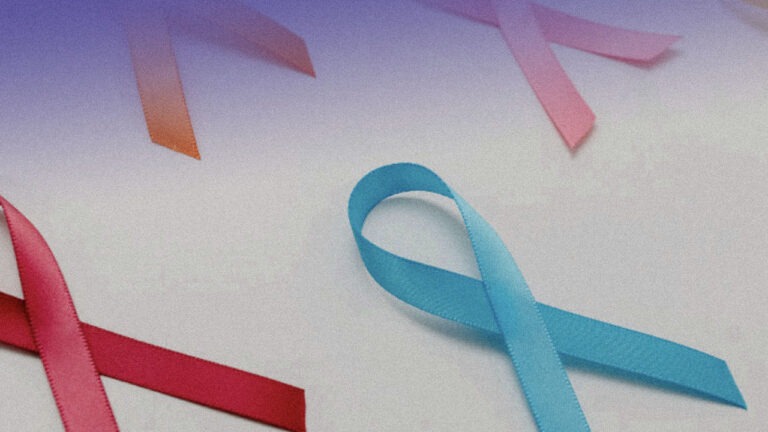For this year’s International Women’s Day, held on March 8, the DIOPTRA project wants to reflect on gender disparity within the scientific community, and the impact that cancer has on women, with the hope of raising awareness on the urgency of having a gender-balanced society.
Women in the Scientific Community: a general overview
According to the United Nations, women in the scientific community are only one-third compared to men; they receive less funding, are underrepresented in publications, and hold fewer major roles at universities than men. Aware of these gaps, the European Union (EU) has intensified efforts through various initiatives seeking to achieve gender equality, such as Horizon Europe 2021- 2027 Research and Innovation projects (R&I) and Marie Skłodowska-Curie Actions (equal opportunities in academia). The STE(A)M approach, developed with universities and R&I stakeholders, aims to make STEM more inclusive to women by including the arts and creative subjects (hence the “A” in STEAM). Additionally, the European Prize for Women Innovators, set to be awarded on April 3 by the European Institute of Innovation and Technology (EIT) and the European Innovation Council (EIC), recognizes outstanding women driving impact. These initiatives reinforce the link between gender equality and STEM, but the road ahead is not easy.

The impact of cancer for women
The three most common cancers in women are breast, colorectal, and lung cancers, followed by skin (melanoma), pancreatic, and thyroid cancers, according to the latest data from the European Cancer Information System (ECIS). Aware of the different implications for men and women, some EU organisations strive to recognise women dealing with cancer (both as patients and caregivers). The European Society for Medical Oncology (ESMO), and the European Cancer Organisation (ECO) are committed to raising awareness of gender disparity and the different ways cancer affects women. According to ECO, of the 2.3 million women who die prematurely from cancer each year, 1.5 million deaths could be avoided through better primary prevention or early detection strategies.
In line with this focus on prevention and early detection, during HaDEA’s World Cancer Day event in Brussels, celebrated on 4 February 2025, Urška Ivanuš, MD, Head of Department for Cancer Screening at the Institute of Oncology in Ljubljana, and involved in Joint Action PERCH, urged to boost synergies among countries and educating citizens. Ivanuš also stressed the importance of improving eHealth and digitalising aspects of screenings that could improve some pressing challenges.
Insights from the Women and Cancer ECO 2024 report
Women globally experience disparities in access to cancer screening, diagnosis, and treatment due to socio-economic, geographic, and systemic factors, among others. Many women earn less than men and in many cases are not financially independent – which can result in lower access to healthcare. Living in rural areas can be a further factor which discourages the participation in screening and prevention programs. In addition, the lower representation of females in leadership, research and advocacy positions can come at the expense of adequate cancer programs targeting female patients. Stereotypes associate high-level positions to men, attributing qualities such as authority and power to them, and considering these more important than female-perceived qualities, such as compassion. However, gender disparity comes at the expense of future generations too, as growing females struggle to find role models and mentors to look up to.
Above all, the psychological impact of a cancer diagnosis and treatment is significant, as women may face additional stress related to family care responsibilities, societal expectations, and body image concerns. Domestic care is also in many cases provided entirely or largely by women, who often put their family members’ healthcare at the expense of their own.
A Lancet Commission Report on Women, Power, and Cancer
The 2023 Lancet Commission’s report sheds light on the pervasive disparities in cancer care through an intersectional feminist lens, taking into account the diverse experiences of women, including those with disabilities, indigenous women, and migrants. The report focuses on three crucial areas: decision-making, knowledge, and economics, and calls for urgent action to improve cancer-related policies and guidelines by better considering sex and gender.
One striking revelation is the under-recognition of the cancer burden in women. While women’s health often prioritizes reproductive and maternal health, cancer affects women just as significantly as men. As the report states, “The true burden of cancer in women has gone largely unrecognised and has far-reaching consequences for families and society more broadly.” This burden includes the devastating impact on families, with a staggering number of maternal orphans reported in 2020 (1 million). Furthermore, the report highlights the inequalities women face in accessing knowledge and making informed healthcare decisions.
Discrimination, gender bias, racism, and even sexual harassment are experienced by cancer caregivers and researchers, hindering their career progression and contributing to the underrepresentation of women in the oncology workforce. Traditional gender roles and family obligations further exacerbate this issue, as caregiving responsibilities often disproportionately fall on women. To address these inequities, the report advocates for a multi-pronged approach. This includes a reconsideration of organisational culture within the cancer workforce, promoting gender equality and equity, and educating professionals on the different ways cancer affects men and women. In research, gender imbalance translates to fewer funding opportunities for women across all medical fields, including oncology. To better meet the specific needs of women with cancer, their involvement as both partners and beneficiaries in research is crucial. New policies addressing education and training are essential to ensure a diverse and well-equipped oncology workforce.
By addressing these multifaceted challenges, we can strive towards a more equitable and inclusive cancer care system that effectively serves the needs of all women.
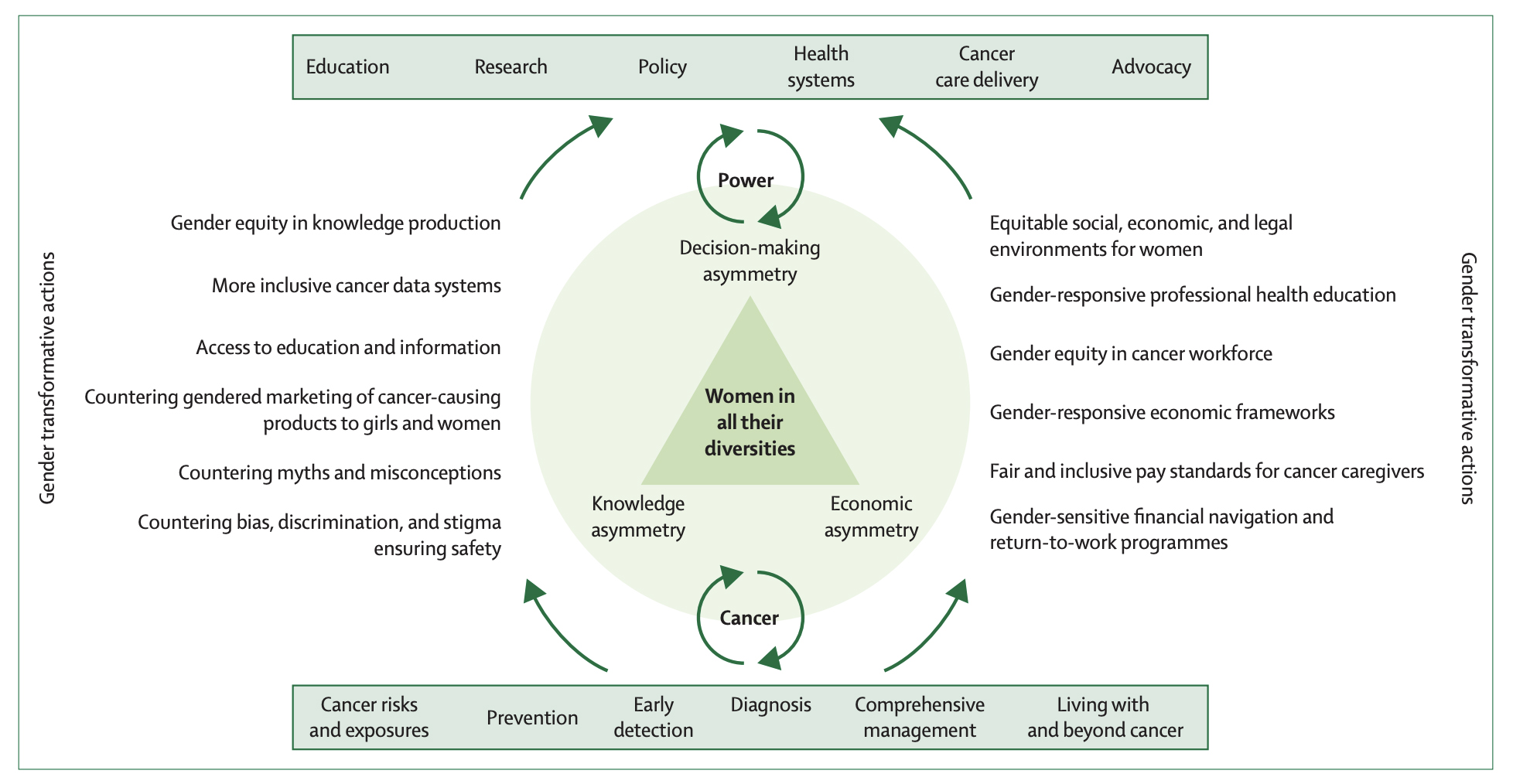
Regarding screenings, the report states that individuals with higher health literacy tend to have higher participations in screenings for breast, cervical and colorectal cancers. This stresses the importance of conveying to individuals information that is easily understood also by people with lower literacy levels and takes into account gender.
A glimpse of hope
On 8 March 2025, the European Commission is set to announce its new Roadmap for Women’s Rights, and we do hope that this tool will accelerate gender equality and consider healthcare and the struggles faced by women too.
The DIOPTRA Project features 28 partners, some of which are female within STEM. We believe in the added value given by diversity, and champion a multitude of perspectives. To make sure to walk our talk, we have interviewed female partners on our website, to showcase their invaluable contributions and promote a balanced consortium representation.


